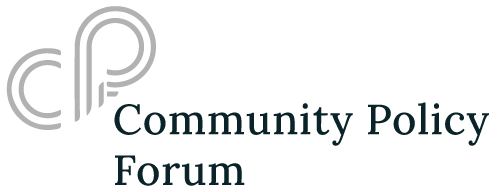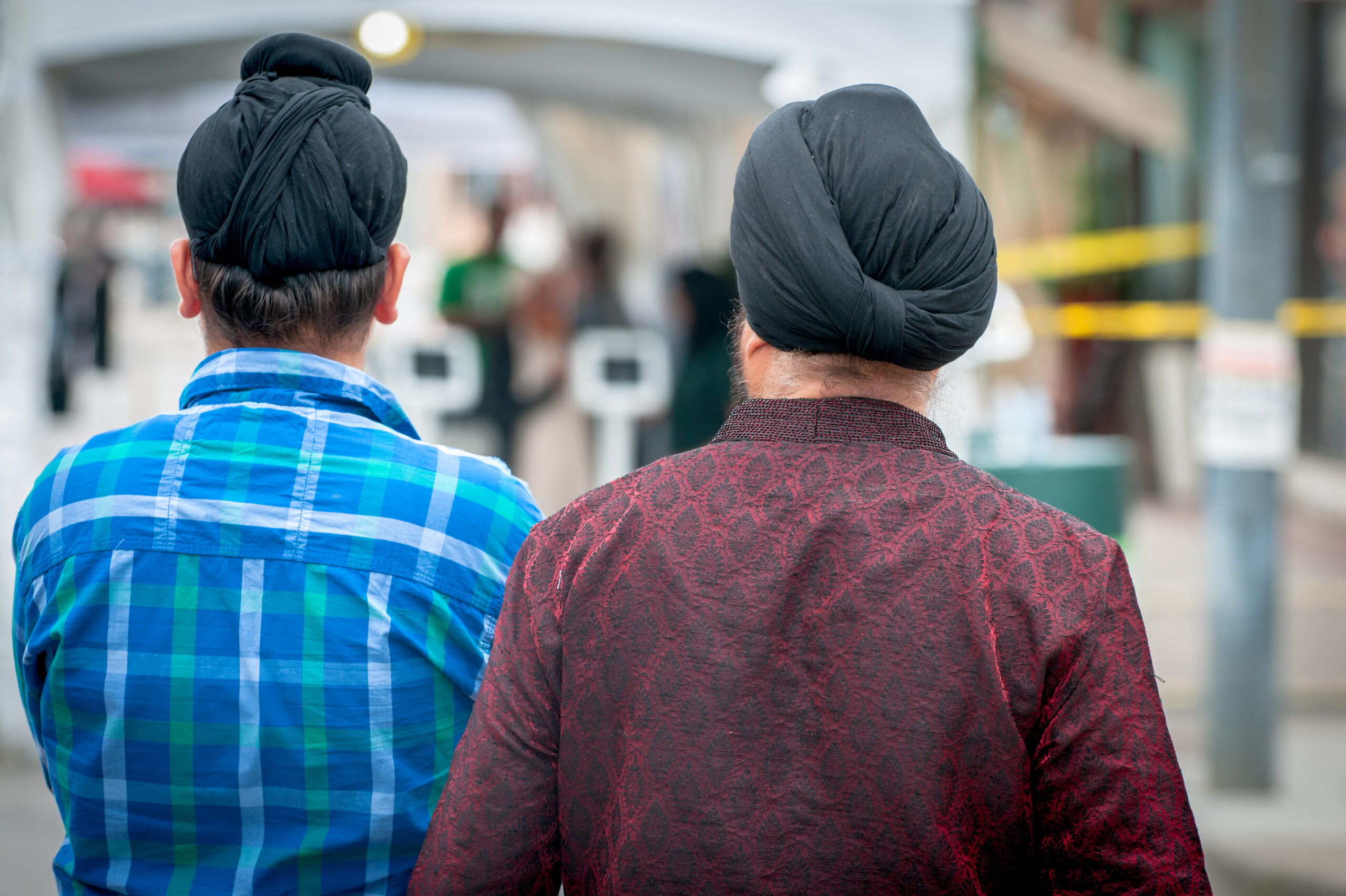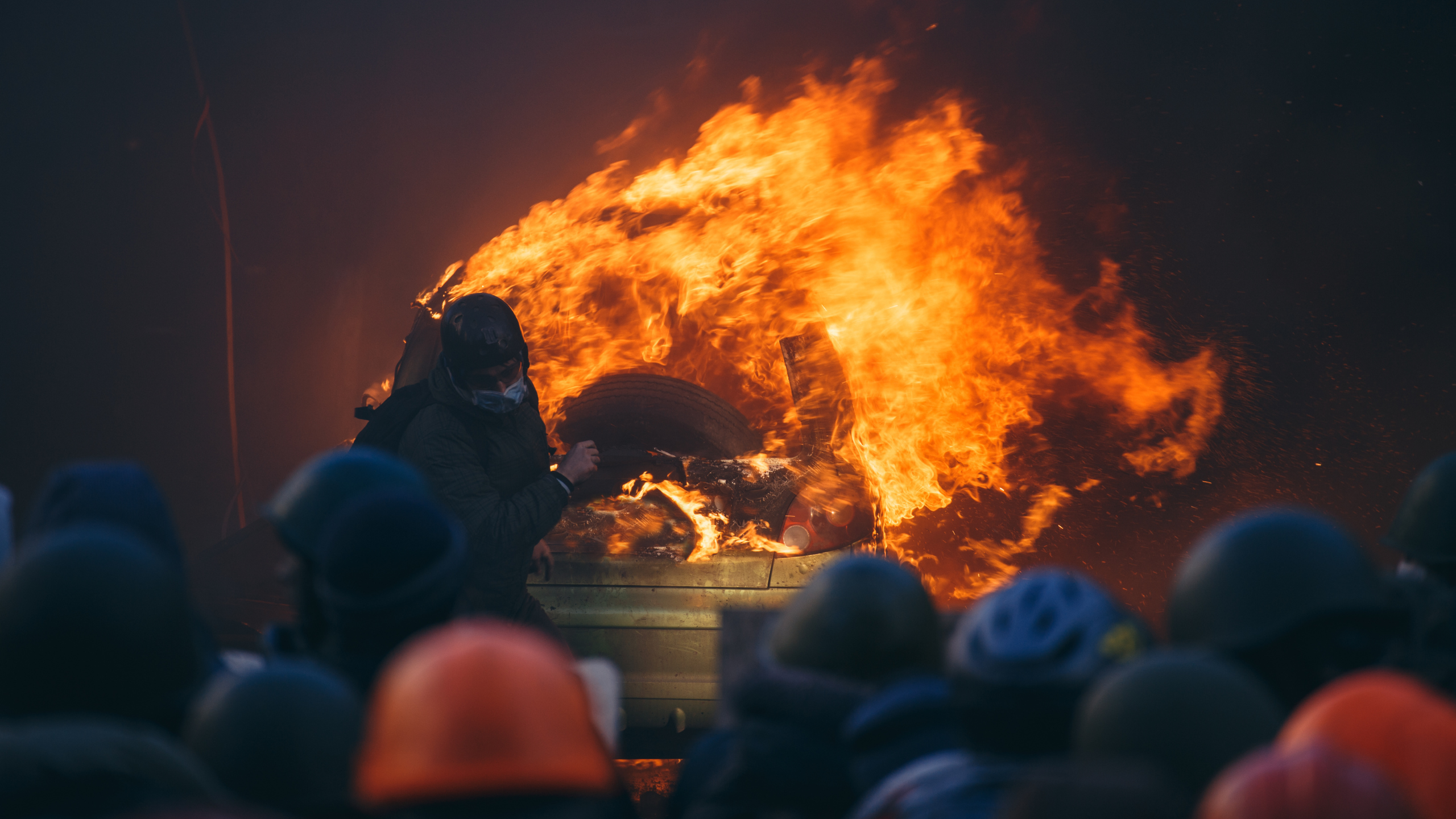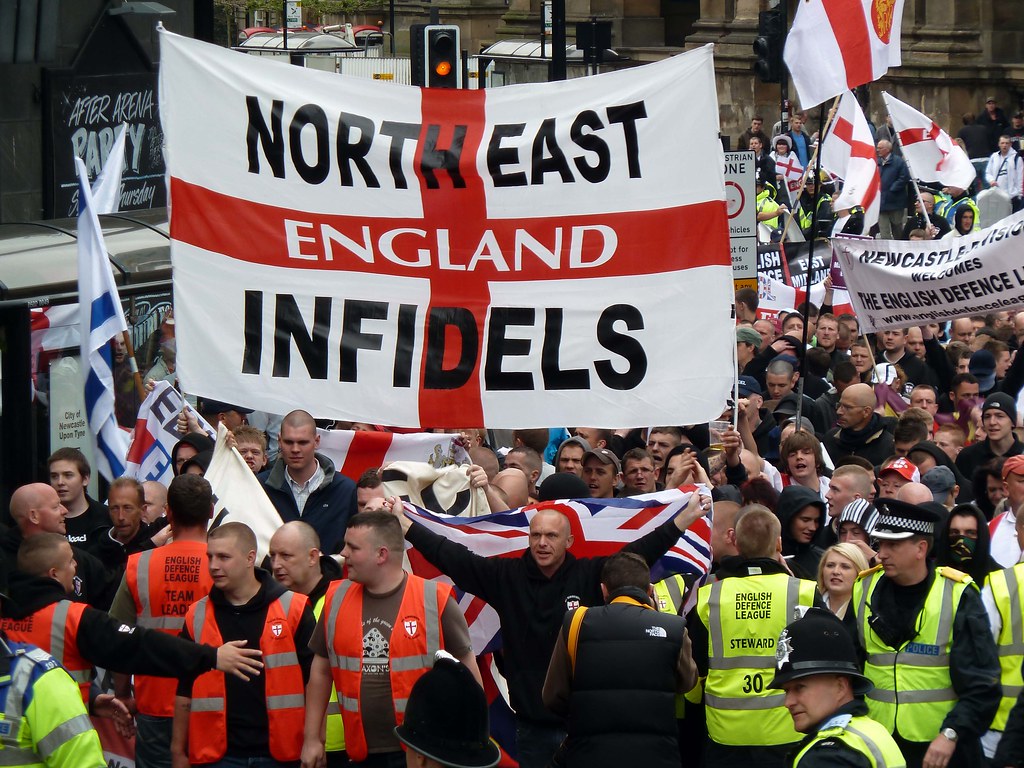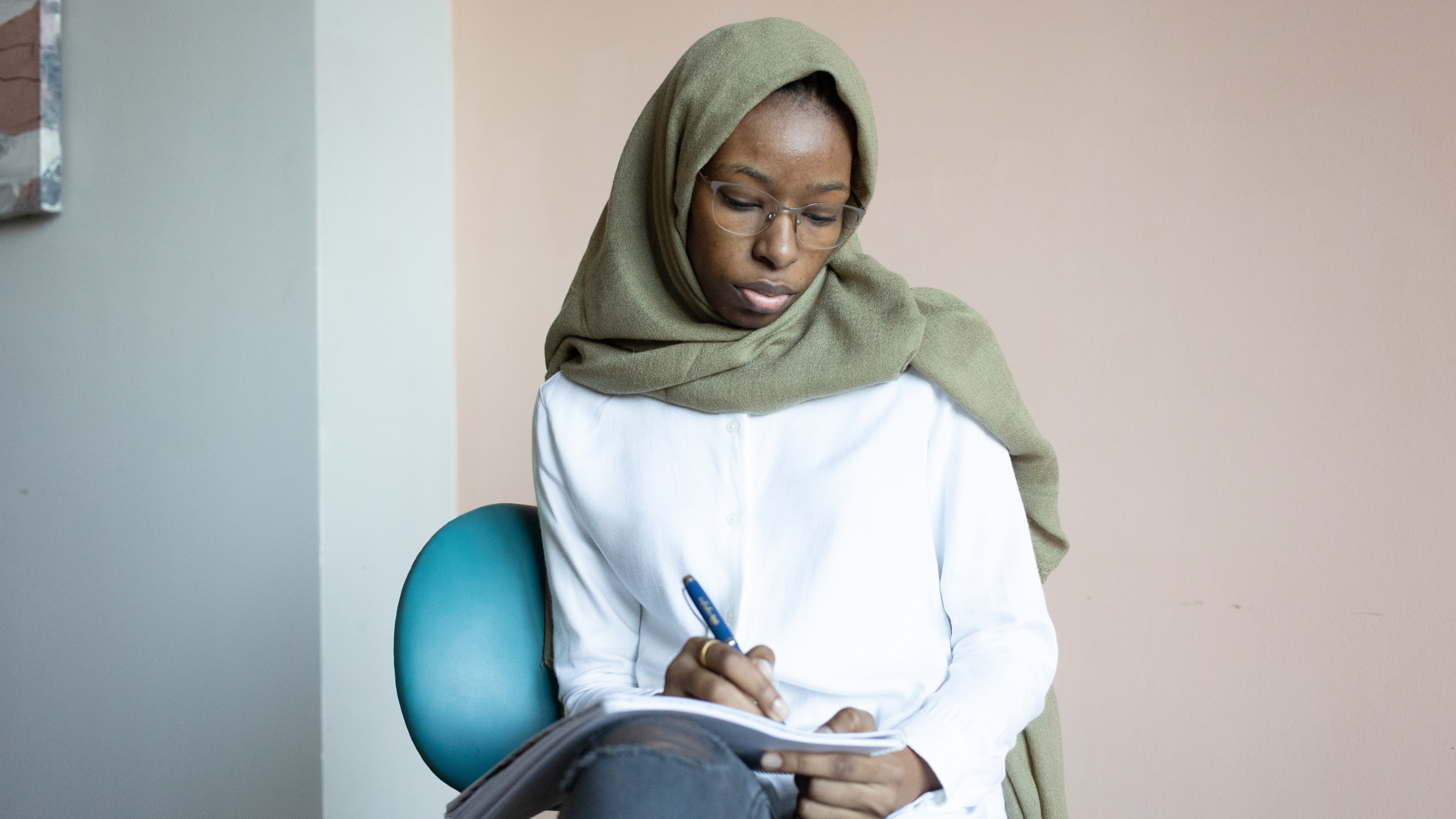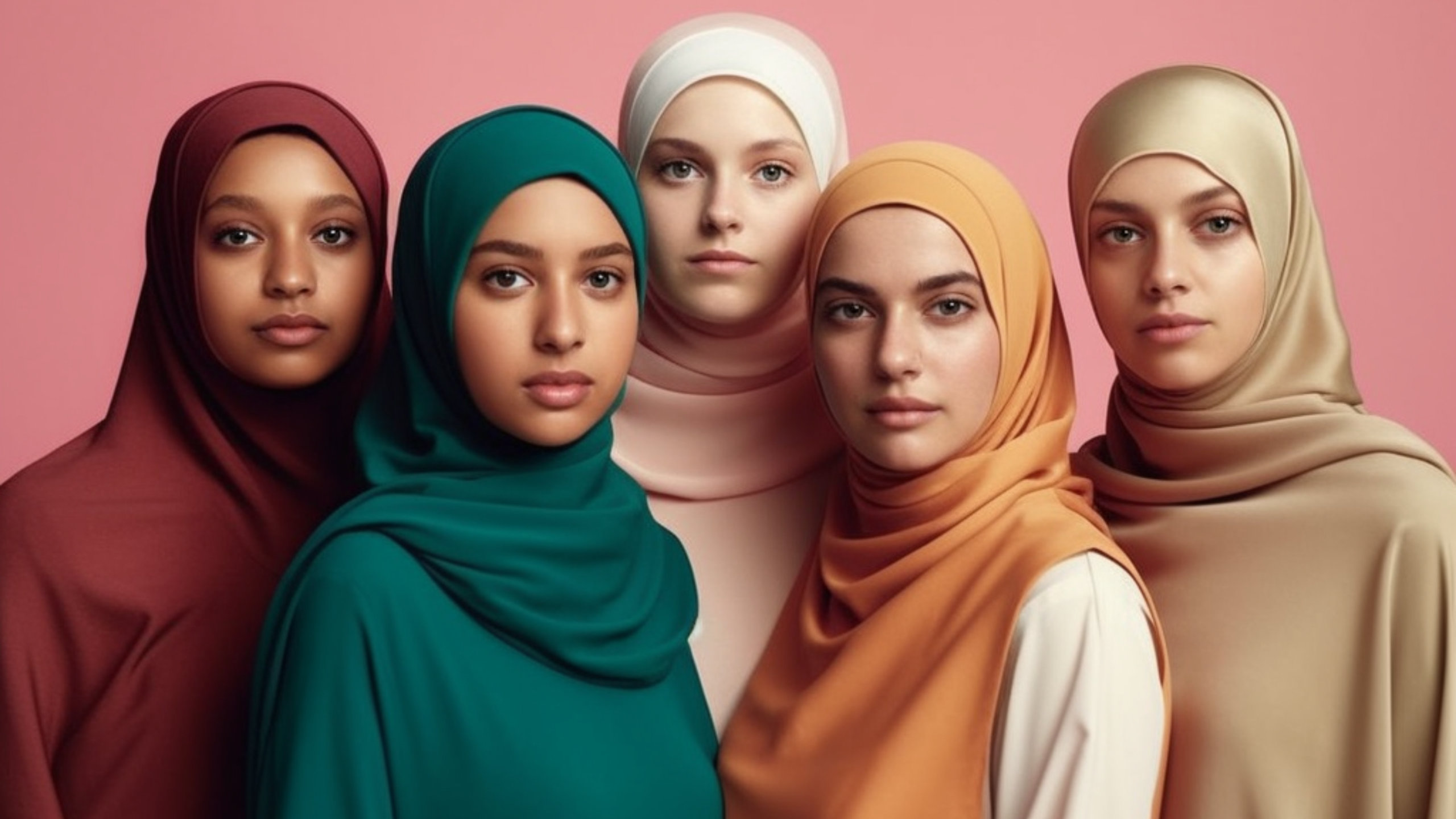Young non-Muslims face Islamophobia too
Taken from the Islamophobia in daily life Series – theconversation.com
Islamophobia simply cannot be overlooked anymore. It is a wide-ranging issue, impacting public and private lives in ways that are causing concern the world over. US president Donald Trump’s recent immigration ban and the UK’s Brexit vote are just two examples in a series of political acts that are shaping public attitudes about Muslims, with many experiencing stigmatisation and marginalisation as a result.
The rise in Islamophobia experienced by Muslims is not just conjecture: in 2015, reported Islamophobic incidents increased 200% in the UK and 78% in the US. And it is predicted that they will continue to rise unless we do something about it.
But Islamophobia does not just affect Muslims. A wide variety of people of different faiths, ages and countries of origin are being attacked for being “Muslim”. Despite the fact that they may not follow the Islamic faith, they are labelled as such because of their skin colour, facial features, or hair texture and style.
Misrecognition and Islamophobia
Though Islamophobia is being experienced by diverse people of all ages, it is the lives of young people that are shaped, and their perception of society formed, by it.
Speaking to 382 teenagers and young adults from diverse ethnic and religious minority groups in Scotland, we found that most have experienced some form of this racism after being mistaken for Muslim.
Nearly all of the 33 young Sikhs who participated in our study recalled being misrecognised as Muslim. This was the same for young Hindus and other South Asian young people, as well as black African and Caribbean youths. In some cases, south Asian Christians attending a Catholic school in central Scotland were assumed to be Muslim simply due to their ethnicity. Likewise, some Central and Eastern European migrants, originally from Slovakia, Romania and the Czech Republic, were also mistaken for being Muslim. According to one young man, some of his Slovakian friends had been assumed to be Muslim because they “look Pakistani”.
For the young people in our research, misrecognition is not limited to unfamiliar or open public places. Though schools are a vital place for teaching young people about diversity, we found that misrecognition was prevalent. Though the racism might not be overt, some young participants reported there was simply a lack of knowledge among teachers and support staff. Meanwhile, teachers told us that there were not enough staff development opportunities to discuss contemporary forms of racism and Islamophobia.
In public places, yet still in terms of personal interactions, young adults in their early twenties also recalled awkward conversations with taxi drivers where they were mistaken for being Muslim. Some students – particularly international students – were anxious about having to negotiate airport security where they felt they were unjustifiably placed under surveillance. For others, their mere presence in certain spaces provoked some to glare, making it clear they were not welcome.
Fighting back
Though they are certainly being victimised by misrecognition and racism, some participants said that they do not passively accept it. Many choose to engage with the perpetrator openly and positively, or respond with one of a suite of prepared witty remarks. Some also use misidentification as an opportunity to educate others about their religious faith. The most concerning response, however, was that a minority avoid social contact where possible out of fear that they will experience racism.
For those who participated in our study, it is the way that political events are represented by politicians and in the media that has largely encouraged misrecognition. Participants said that events such as 9/11, 7/7, the Woolwich attack and the “war on terror” all contributed to the idea that ‘brown-skinned’ people are a threat to national security. A young Sikh from Glasgow told us, “They just link the turban and terrorist. ”
These young people were eager to see “Asian” communities represented as being diverse rather than as only “Pakistani” and Muslim. At present, they feel the media only reinforces stereotypes about black and minority ethnic communities.
The key to stopping this kind of racism is education – but this is no easy task. Addressing misrecognition requires social institutions such as schools, colleges, universities and government departments to change. Increasing awareness about ethnic and religious diversity as well the history of migration and race, will give people the vocabulary to discuss such issues fairly and equitably.
Being misrecognised impacts on young people’s sense of self-worth and well-being and it denies people a sense of identity. As society stands now, Islamophobic acts – whether against Muslims or others – are at best limiting individuals, and at worse eroding civil liberties.
We all need to understand that Islamophobia affects more than Muslims: it is a community-wide issue that everyone has a responsibility to challenge.
